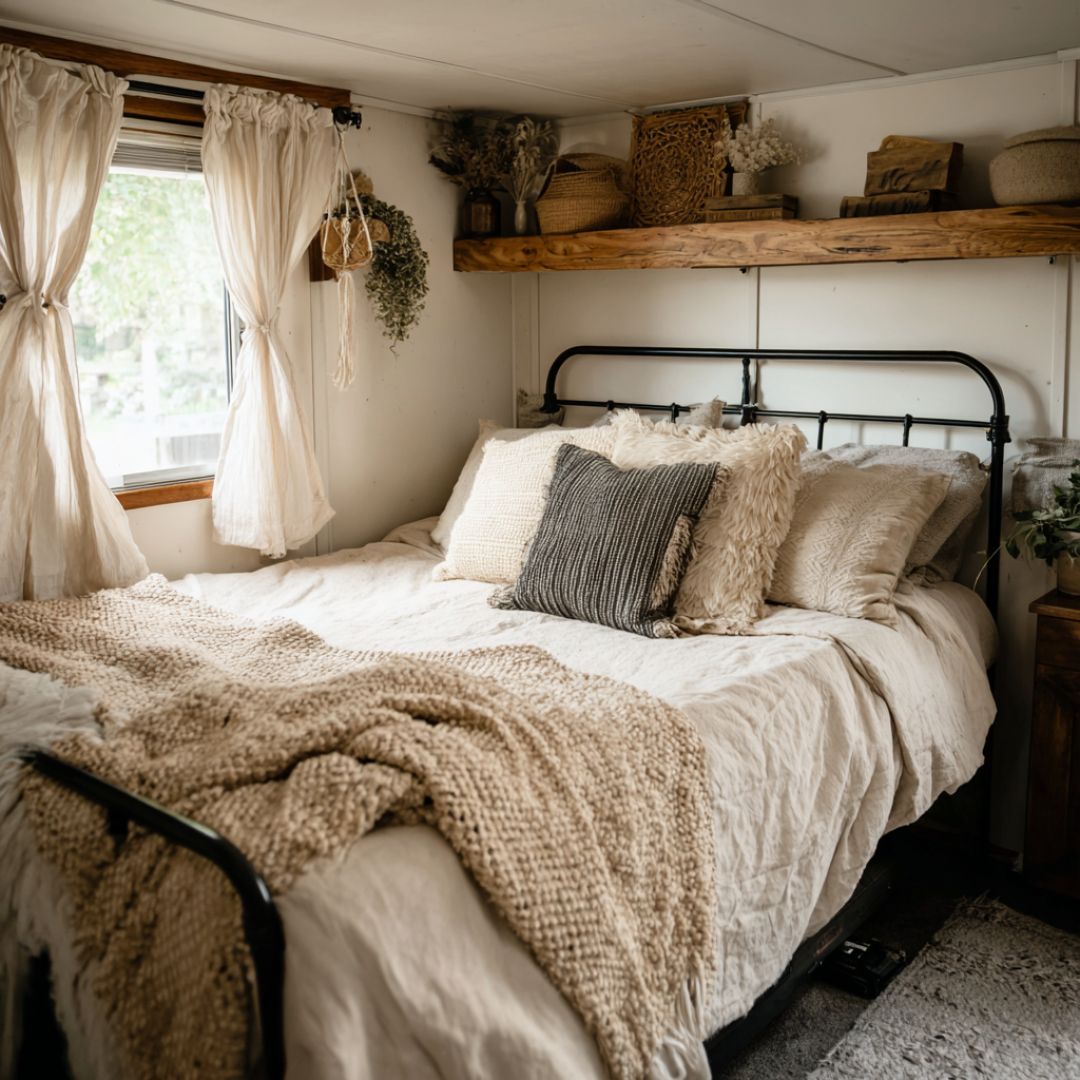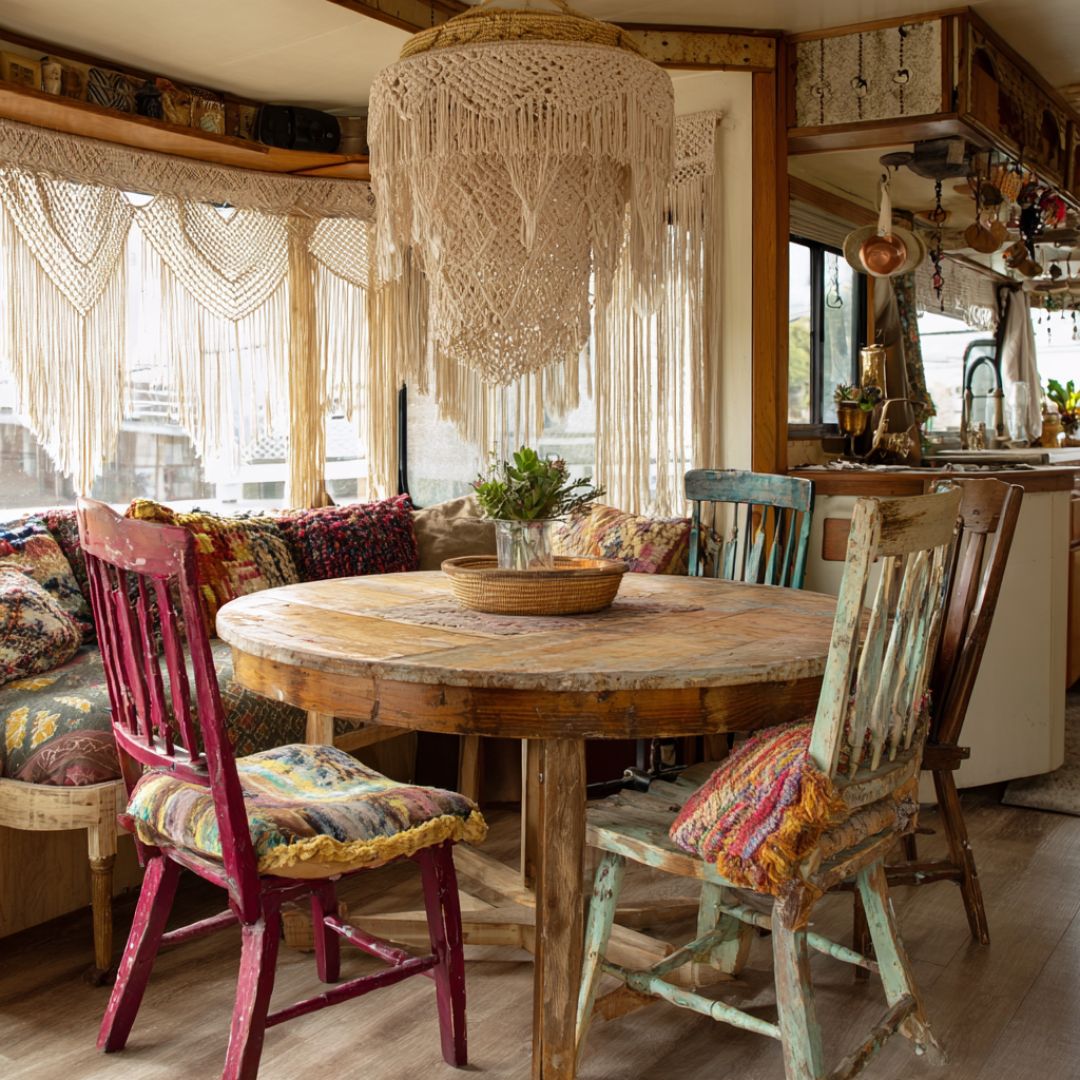The little yellow cottage, with its mint-green shutters and neatly kept garden, had always seemed charming but ordinary. It sat quietly under the Florida sun, surrounded by palm trees and bursts of colorful flowers. But for its new owner, Sarah Mitchell, it was about to become the center of a story that sounded more like a novel than real life.

Sarah had bought the cottage a few months earlier, drawn to its character and proximity to the coast. She spent her weekends tending to the garden, pruning roses, and planting bright marigolds along the walkway. One Saturday morning, as she was digging a new bed for lavender, her trowel hit something solid.
At first, she thought it was just a rock. But when she pulled it free from the soil, she found herself holding an old brass key. It was heavier than it looked, with an ornate bow carved in a pattern she didn’t recognize. The key was tarnished from age, but the teeth were still sharp, as if it had been well-protected.

Intrigued, Sarah checked every lock in the house. None of them fit. She tried the shed out back, the small gate to the side yard—nothing. It wasn’t until she noticed a loose floorboard in the living room that she began to suspect there might be more to her home than she thought.
With a small pry bar, she lifted the board and discovered a wooden trapdoor beneath it. Her heart raced. She inserted the brass key into the lock, and to her astonishment, it turned smoothly. The trapdoor creaked open to reveal a narrow staircase leading down into darkness.

Grabbing a flashlight, Sarah descended into a small, cool room. The air smelled faintly of cedar. In the center sat an old trunk, its metal fittings dull with age. She knelt, turned the key again, and the lid lifted with a sigh. Inside, neatly wrapped in oilcloth, were stacks of journals, photographs, and envelopes tied with ribbon.

The journals belonged to the cottage’s first owner, a widowed schoolteacher named Margaret Collins, who had lived there in the 1940s. Through her words, Sarah learned of Margaret’s quiet life, her love for gardening, and a mysterious friendship with a sailor stationed nearby during the war. The envelopes contained letters from him—carefully folded and full of warmth, longing, and shared dreams.
Alongside the letters was a small velvet pouch. Inside it lay a delicate gold locket with two photographs: one of Margaret, and one of the sailor, both smiling. It was clear this had been a deeply personal treasure, hidden away for reasons only Margaret had known.
Sarah decided to preserve everything exactly as she found it. She placed the journals and letters in archival boxes and displayed the locket in a small glass case in her living room. For her, the real treasure wasn’t gold or jewels—it was the story of a life, a love, and the sense of connection to someone who had once called the same cottage home.
Now, every time she tends the garden, Sarah wonders if Margaret herself once stood in the same spot, holding that very key, knowing it guarded something worth far more than money. 

Leave a Reply